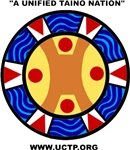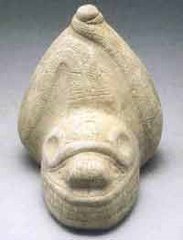
DID YOU KNOW - Traditionally, bread made from iuka or cassava is known in the Taíno language as kasabi (kasabe). It was created by grating iuka (yuca, cassava/manioc) flour into flat disks and roasting them on flat ceramic griddles called burén over a cooking fire. Today, the baking of kasabi, now more commonly called kasabe, is modernized for increased production, but it is still presented in the original flat, round style. Whether made from bitter or sweet varieties of iuka/manioc, kasabi is known to preserve exceedingly well with a preservative-free shelf life of about 8 months. In the time of the ancient Taino, it was taken on long journeys over land and sea without spoiling, providing a sometimes a much-needed burst of carbohydrates. The bitter cassava is said to produce a kind of kasabi that was virtually “unassailable by vermin” since it retained a small amount of hydrocyanic toxin harmless to humans but harmful or deadly to insects and rodents. Hab jao (jab jao) is the Taíno name still given to the thinnest kasabi in Kiskeia (Dominican Republic). According to Taino tradition hab hao or hau hau (xau xau) was reserved for community leaders and dignitaries. Since the 1970s, kasabe production in Kiskeia has expanded the availability of this ancient Taino culinary tradition from the local to international markets. - UCTP Taino News © 2012






No comments:
Post a Comment